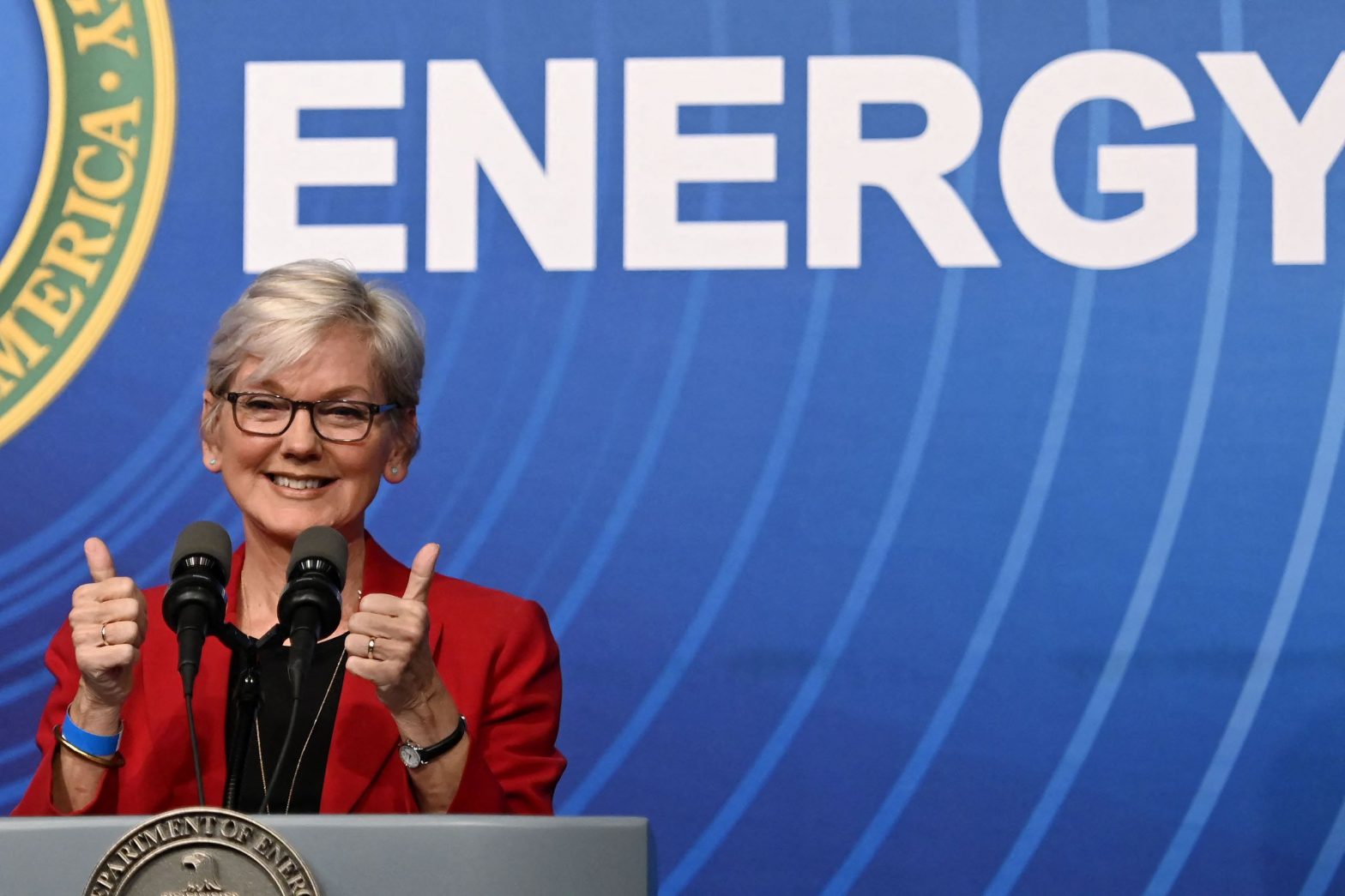/
The goal is to quickly develop a pilot power plant.
Share this story
If you buy something from a Verge link, Vox Media may earn a commission. See our ethics statement.
:format(webp)/cdn.vox-cdn.com/uploads/chorus_asset/file/24696410/1245580167.jpg)
The Department of Energy is pumping $46 million into eight companies developing nuclear fusion power plants, which has been an elusive clean energy dream for scientists for over half a century. Now, after a big scientific breakthrough in December, the Biden administration aims to achieve “a pilot-scale demonstration of fusion” on an incredibly fast timeline that’s “within a decade.”
The funding announced yesterday is a big bet on what’s considered the “Holy Grail” of clean energy. Generating electricity from nuclear power plants mimics the way stars create their own energy. And while some researchers are optimistic about the timeline Biden’s proposing, many experts say it will likely be several decades before these futuristic power plants could feasibly come online.
The DOE selected eight companies from seven different states for this round of funding. They’ll get the funding over 18 months. The goal is to design a fusion pilot plant in five to 10 years. It’s a public-private partnership modeled after the NASA program that helped get the commercial space industry off the ground.
“The Biden administration obviously sees enormous potential in fusion, harnessing the power of the sun and the stars right here on Earth to deliver affordable, abundant, reliable, clean energy,” Secretary of Energy Jennifer Granholm said during a video announcement and panel discussion yesterday.
Unlike today’s nuclear fission power plants, which split atoms to generate energy, a fusion reactor would force lighter atoms together to create heavier atoms. Both strategies generate carbon-free energy, but fusion avoids the nasty radioactive waste that fission leaves behind.
Fusing atoms together requires extreme heat and pressure, which is why it’s been so difficult for scientists to achieve in a lab. Until recently, researchers had never been able to trigger a fusion reaction that accomplished a net energy gain — meaning it produced more energy than the energy it took to kick off the reaction in the first place.
When scientists at Lawrence Livermore National Laboratory in California finally achieved that net energy gain, also called fusion ignition, in December 2022, it was a major milestone. “This showed that fusion is a possible source of clean energy for humanity and that fusion science has reached a level of maturity to support the premise of that vision to accelerate efforts in the engineering development of a fusion pilot plant,” the DOE said in its press release.
There’s still a really really long road ahead to get to a pilot plant. Each of the companies the DOE awarded will have to show that their technology can similarly achieve a net energy gain and then be able to sustain a fusion reaction long enough to generate a useful amount of electricity. Then, the burgeoning industry can move on to designing commercial-scale reactors and building out the supply chain for fusion fuel (typically isotopes of hydrogen).
The DOE selected a diverse set of technologies to fund. One of the most advanced techniques involves using a device called a tokamak to confine hot plasma and force atoms together. West Virginia-based Tokamak Energy Inc. is one of two awardees taking this route. But the DOE also chose to fund companies working on technologies that are less mature. “Our ultimate goal is for the strongest solutions to rise to the top,” Granholm said during the event yesterday.
The companies selected will have to show that they hit mutually agreed-upon milestones in order to get reimbursed by the DOE over the initial 18-month funding period. They could be eligible for more federal cash over the next five years, pending congressional budget approval. The Energy Act of 2020 and the CHIPS and Science Act of 2022 authorized $415 million for fusion research and development, but the initiative hasn’t been fully funded yet.
“This effort, emulating the success that NASA had promoting private commercial efforts for spaceflight, is a great means for sharing of risk and reward between the public and private sectors for the benefit of everyone,” Phil Larochelle, a partner at Bill Gates’ climate investment firm Breakthrough Energy Ventures, said during the DOE’s event yesterday.
The awardees also face stiff competition from other fusion startups. There are more than 30 fusion companies today, and most of them were founded in the US over the past decade, according to a White House fact sheet. A Washington state-based company called Helion, which was not chosen for this funding round, inked a deal with Microsoft this month to supply clean energy from a fusion power plant it hopes to develop by 2028.
That’s a very aggressive timeline to accomplish a feat that has bested researchers for the better part of a century. The Biden administration says that moving fast on fusion can help tackle climate change. But that’s still a long shot. The US has pledged to slash its greenhouse emissions in half this decade under the Paris climate agreement. And while affordable renewable energy sources are ready to be deployed today, fusion power plants won’t be near ready to hit that goal.
